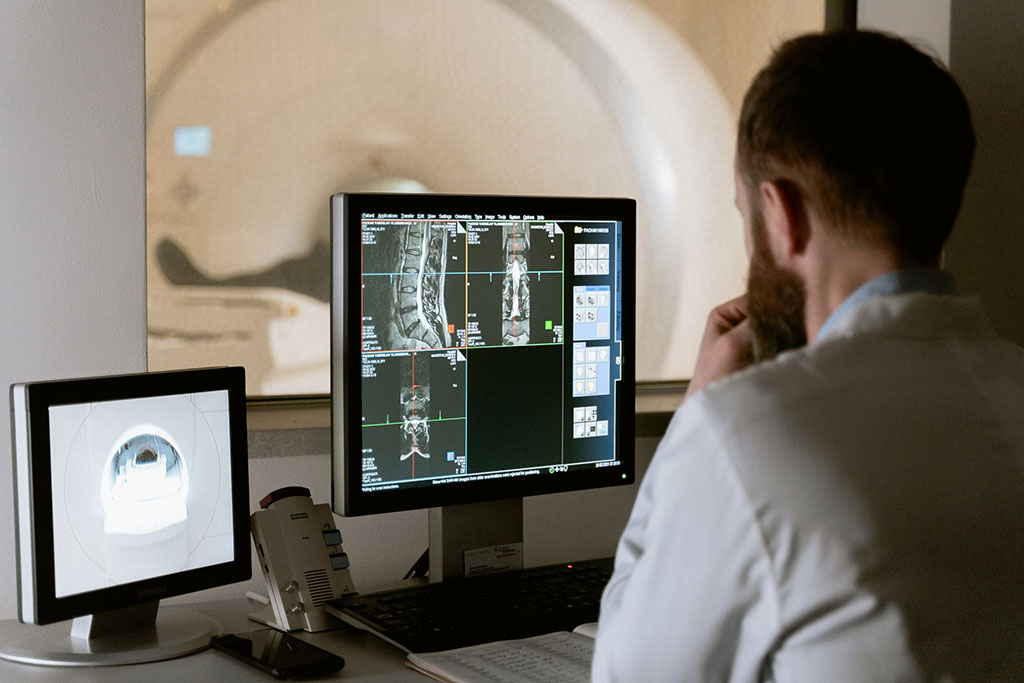Video Radiology Reports Improve Patient Understanding of Imaging Results
Posted on 21 Apr 2022
Improved communication between radiologists and patients is a key component of patient-centered radiology. Now, a new study has found that patient-centered video radiology reports can be a useful tool to help improve patient understanding of imaging results.
During a four-month study period, faculty radiologists at New York University’s Grossman School of Medicine (New York, NY, USA) created video radiology reports using a tool integrated within the diagnostic viewer that allows both image and voice capture. A total of 3,763 video radiology reports were created with patients viewing 864 unique videos. To aid patients’ understanding of cross-sectional images, cinematic rendered images were automatically created and made immediately available to radiologists at the workstation, allowing their incorporation into video radiology reports. Video radiology reports were made available to patients via the institutional health portal along with the written radiology report and the examination images. Patient views of the video report were recorded, and descriptive analyses were performed on radiologist and examination characteristics as well as patient demographics.

A survey was sent to patients to obtain feedback on their experience. Based on 101 survey respondents, patients rated their overall experience with video radiology reporting a 4.7 out of 5. Specifically, video radiology reports using lay language and annotated images helped improve patients’ understanding of their results. Pointing out that the mean time to create a video radiology report was under four minutes, “continued development is necessary to further shorten the creation time, so that use of video reports can expand from limited use in selected cases to more widespread use in daily clinical practice,” stated the researchers.
Related Links:
NYU Grossman School of Medicine








 Guided Devices.jpg)





